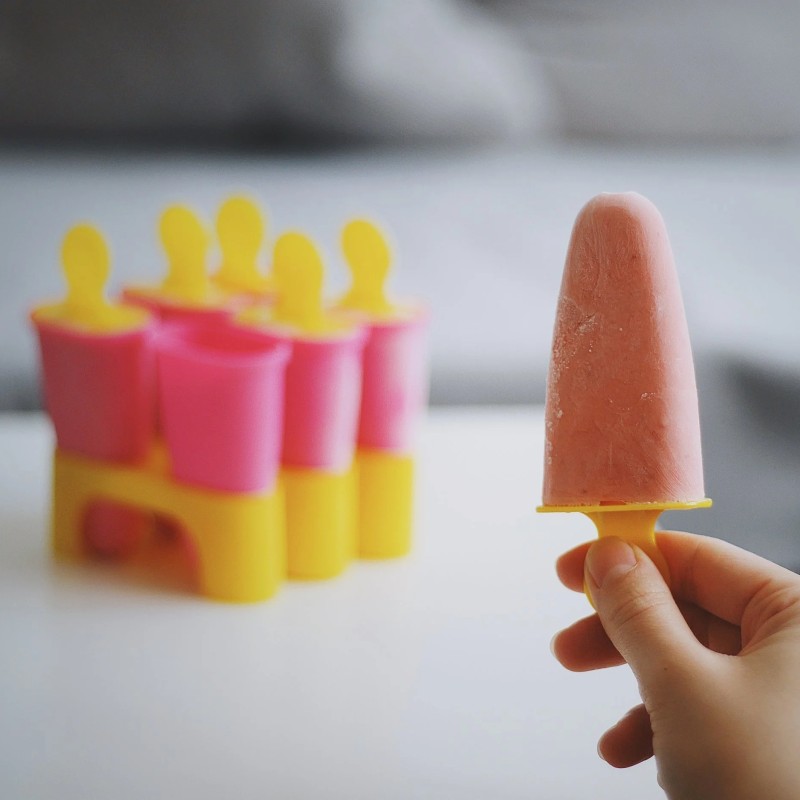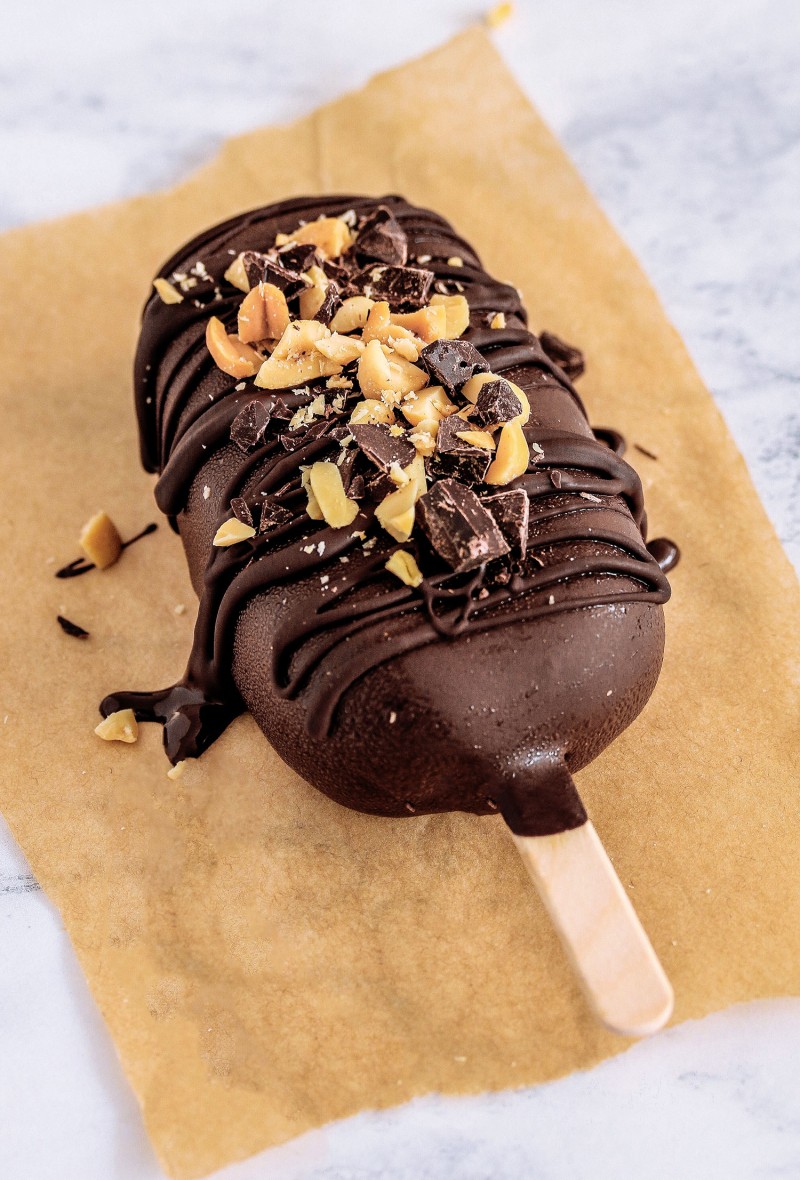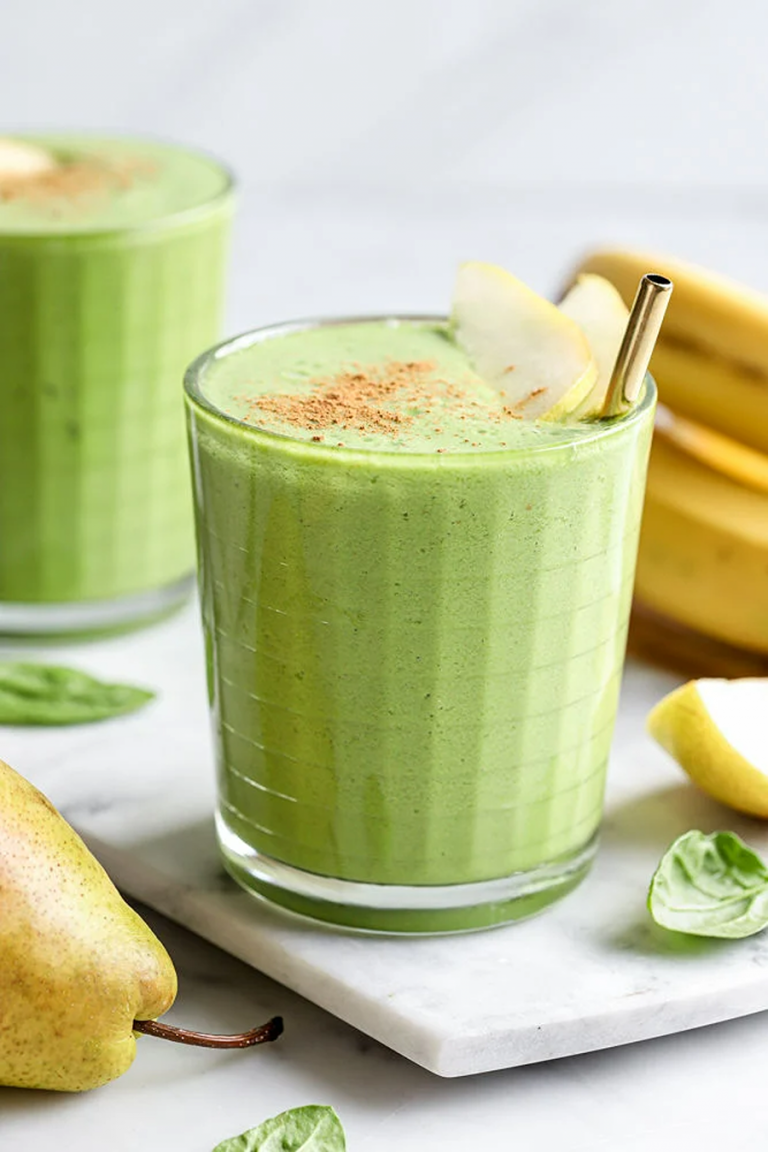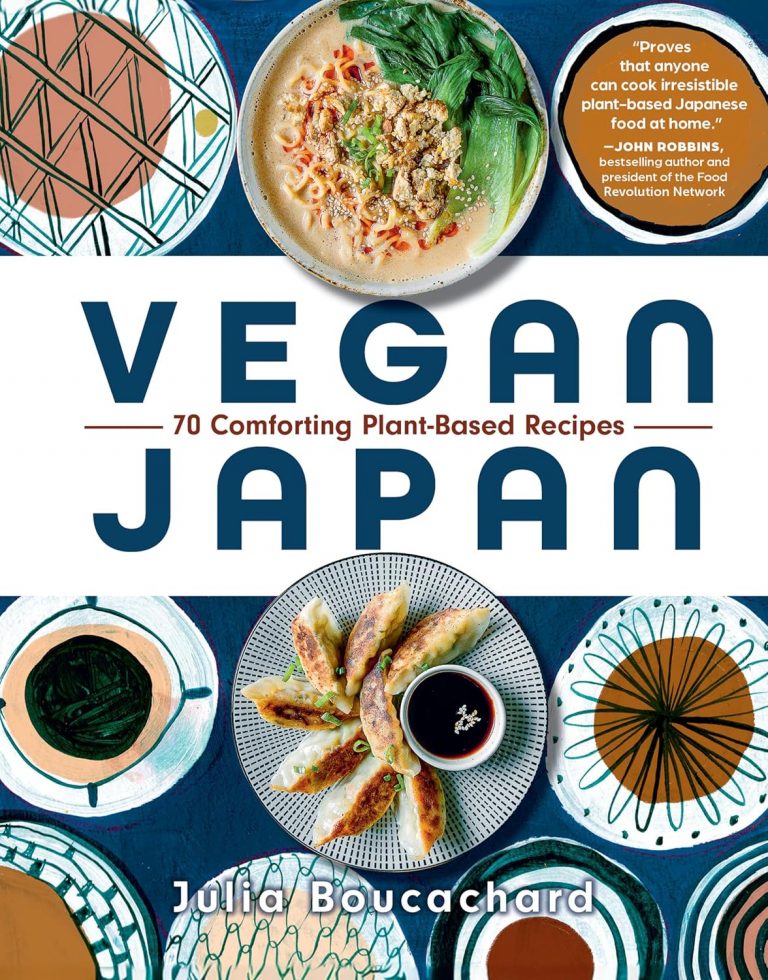
If your children enjoy fruity iced lollies (but you don’t want hyperactive children with bright blue tongues), then consider making your own ice lollies, to keep in the freezer for hot sunny days.
These fruit ice lollies (Gourmet Mom) only need hulled/stoned fruits, water and a little natural sugar (optional, depending on how sweet your fruits are). You can even make this recipe uses cans of tinned fruit.
Iced lollies are very simple to make, you can buy reusable iced lolly makers from Lakeland and other kitchen stores, to also save money on ice lolly sticks (which are choking hazards anyway).
You can just freeze fruit juice if you want, but here are a few other options. Avoid unpasteurised juice for children, pregnancy/nursing and weak immunity. Read more on food safety for people and pets.
What’s in Store-bought Ice Lollies?
When you reach for a natural fruit ice lolly in a store, it’s easy to assume it’s just pure fruit and water frozen on a stick. But the truth is a bit more complicated. Even products labelled “natural” or “organic” often include extra ingredients to improve taste, texture, and shelf life. These additions might not be obvious, so it’s worth taking a closer look before you buy.
The Core Ingredients You’ll Find
At the base, most natural fruit ice lollies use fruit juice or fruit puree mixed with water. This is why many of them list apple juice concentrate, orange juice, berries, or mango puree near the top of the ingredient list. These provide flavour and sweetness naturally.
However, almost all brands add one or more of the following:
- Added sugars or sweeteners: Even if the product is “natural,” sugar is often included to balance tartness and enhance sweetness. This can be cane sugar, beet sugar, or sometimes glucose syrup.
- Fruit concentrates: Many brands use fruit concentrates instead of fresh juice. Concentrates are less expensive but can involve some processing that reduces nutrients.
- Stabilizers and thickeners: Ingredients like pectin or guar gum help keep the texture smooth and prevent ice crystals from forming. They also stop the lollies from melting too quickly.
- Natural flavourings: While these sound safe, “natural flavors” can be a mix of extracts and oils that mimic fresh fruit taste, sometimes manufactured far from the original fruit.
Even “natural” or “organic” labels don’t guarantee no added sugar or artificial stabilizers. For example, some organic fruit lollies still use organic cane sugar or organic fruit juice concentrate rather than fresh fruit.
Why These Ingredients Matter for Health and Diet
Sugar content is a big factor for those watching their diet or blood sugar levels. Added sugars can quickly turn a seemingly healthy treat into something closer to dessert-level sweetness.
Stabilizers and flavourings generally pose no harm, but they do add to the processed nature of the product. For those sensitive or allergic to certain additives like gums, checking ingredients matters.
For vegans or folks on special diets, it’s important to confirm things like milk fat, gelatine (animal bones), or non-vegan emulsifiers aren’t included, even in a supposedly “natural” ice lolly.
Homemade vs. Bought Ice Lollies
When it comes to ice lollies, health and safety often tip the balance in favour of homemade treats. Store-bought options might promise natural ingredients, but they can include sugars, stabilizers, or flavourings that might not sit well with everyone.
Making your own lets you control exactly what goes into your ice lollies, which matters a lot if you’re watching sugar intake, managing allergies, or simply want a safer treat for kids. At the same time, homemade lollies invite creativity and can be made to match specific dietary preferences easily.
Simple Ingredients and Creative Flavors
Creating your own ice lollies at home is surprisingly easy and rewarding. The best part is the ability to start with a handful of real fruits and natural juices and build from there, without any unwanted extras. You can keep it basic or mix up playful, fresh flavour combos that suit your taste and dietary needs.
Here are some simple ideas to try:
- Mango and Coconut: Blend fresh mango chunks with coconut milk for a creamy, tropical treat. It’s naturally vegan and can be sweetened lightly with a splash of honey or left as is if your mangoes are ripe.
- Berry and Yogurt: Mash together strawberries, blueberries, or raspberries with plain yogurt. This makes a slightly tangy lolly, packed with probiotics. Use coconut or almond yogurt for a dairy-free alternative.
- Watermelon and Mint: Puree watermelon with a handful of fresh mint leaves, then freeze for an ultra-refreshing, hydrating snack.
- Peach and Ginger: Blend ripe peaches with a little grated ginger for a zingy, spicy edge that feels unique and homemade.
You don’t need fancy ingredients or equipment. Most recipes call for just fruit, a touch of juice or natural sweetener if you want, and simple ice lolly moulds. This hands-on approach makes it fun to experiment with seasonal fruits and swap ingredients based on what’s best for your household.
A bonus is that homemade ice lollies are often safer for kids. You can choose sturdy sticks or even skip them completely using silicone moulds. This avoids risks sometimes seen in store-bought sticks that can come loose or splinter.
Plus, making popsicles at home means you know exactly what allergens are in each lolly, which is a huge relief for families dealing with food sensitivities.
Packaging, Waste, and Reusable Moulds
When thinking about natural fruit ice lollies, the environmental side is easy to overlook. But it plays a big role in deciding whether to make your own or buy them. Store-bought ice lollies usually come wrapped in single-use plastic, which quickly ends up in landfills.
Making your own at home not only cuts down on packaging waste but also lowers your carbon footprint if you use reusable moulds. Let’s break down the environmental factors in detail.
The Problem with Single-Use Packaging
Most bought ice lollies come in thin plastic wrappers that keep them fresh and protected. While convenient, these wrappers are often neither recyclable nor biodegradable.
Once you unwrap your lolly, that plastic is trash. Even brands advertising “eco-friendly” or “organic” packaging often rely on plastic-derived materials that break down very slowly in the environment.
Here’s what makes single-use packaging problematic:
- Added waste piles up fast due to mass production and consumption.
- Plastic pollution affects oceans, wildlife, and soil.
- Energy-intensive production and transport increase carbon emissions.
- Recycling challenges since many wrappers mix plastics with layers that can’t be separated.
Even the best-intended efforts don’t fully erase the environmental cost of individually wrapped ice lollies.
You can recycle most food packaging in supermarket bag bins, if your kerbside does not recycle.
How Reusable Moulds Change the Game
![]()
These silicone lolly moulds are made from an easy-to-recycle food-safe alternative to plastic, these are freezer-and-dishwasher-safe. Just pour in juice, smoothies or dairy-free yoghurt, for homemade ice lollies in hours.
Benefits of reusable moulds include:
- Zero packaging waste because no single-use plastics are involved.
- Durability that can last for years with proper care.
- Varied sizes and shapes to fit your household needs.
- Less energy spent overall when compared to industrial freezing, shipping, and packing processes.
Choosing safe, BPA-free silicone or stainless steel moulds makes it easy to keep your ice lollies green and tasty.
Comparing Carbon Footprints and Waste Output
The environmental impact of store-bought lollies doesn’t stop at packaging. Think about the entire process: growing fruit, processing, transporting, freezing in factories, packaging, and retail refrigeration. This chain uses fossil fuels and creates emissions at every stage.
By freezing your own ice lollies at home, you cut out many of those steps. Your kitchen freezer consumes less energy than commercial cold stores, and no shipping is needed apart from buying fresh fruit.
Switching from buying to making natural fruit ice lollies reduces plastic trash and shrinks your overall environmental footprint. It’s a simple choice that benefits both you and the planet.

These refreshing ice lollies are made by combining a can of sparkling fruit water with 100g of oat yoghurt and 2 tablespoons of Sweet Freedom Vegan Honee. Stir in 25g of organic freeze-dried fruit, insert lolly sticks and freeze overnight.
Sweet Freedom FIZZ is a brand of soft drink (made by the company that sells those vegan sweetener syrups in stores) made with sparkling water and sweetened with cocoa juice (leftover from pulping cocoa for the chocolate industry). Gives extra income to farmers!
Check medication before consuming and avoid for pregnancy/nursing due to caffeine). You could also make these lollies with DASH sparkling water (that uses up wonky fruits).
What About Brands with “Eco-Friendly” Packaging?
Some companies offer ice lollies wrapped in materials they call “eco-friendly” or compostable. While this sounds positive, the reality often falls short. Many so-called eco-packaging types still contain layers of plastic or need specific industrial composting conditions unavailable at home or in many cities.
Look carefully at packaging claims. Some wrappers might be better than regular plastic but still not fully solve the waste problem. Supporting zero-waste home preparation is usually the most effective way to avoid environmental harm.
Where to Buy Natural Ice Lollies

If you prefer to buy (or run a shop near the sea to sell better brands), there are a couple of good ones in England:
Pip Organic makes organic ice lollies for children (and big children!), with a base of organic apple juice, blended with other fruits and a little organic guar (a natural thickener). Choose from apple, berry or tropical.
There is also a ‘hidden veg’ option for children (and big children!) who won’t eat their vegetables. These taste like fruit, but hide a blend of organic spinach, carrot, purple carrot and butternut squash inside.

Also check out Lickalix, another brand of organic fruit ice lollies, sold in plastic-free packaging. Sold in many flavours including:
- Strawberry Lemonade
- Oh So Berry
- Citrus Burst
- Mango Raspberry Swirl
- Simply Chocolate
- Natural Cola
You can even now buy real fruit Rocket Lollies from Little Judes, which are free from colourings to make your child hyperactive!

Homemade Ice Pops (in silicone packaging)
If you buy ice pops in shops, they are sold in single-use plastic. Use reusable silicone ice pop bags to make your own ice pops (Crowded Kitchen).
Make Your Own Vegan Magnums

Magnums are now the world’s most popular ice-lolly brand (a world away from lemonade ices on sticks!) But they are very expensive, and the brand is owned by Unilever, a company many choose to boycott as they make products often with factory-farmed animal products, and use animal-testing.
Try this simple recipe for a vegan caramel magnum (Nadia’s Healthy Kitchen). It’s super-simple, and once mastered, you’ll never go back! Obviously omit nuts, if necessary.
Conclusion
Making your own natural fruit ice lollies puts you in full control of the ingredients, cutting out added sugars, stabilizers, and hidden flavours. It’s a safer, healthier choice, especially for families or anyone with dietary needs. Plus, using reusable moulds cuts down plastic waste and lowers your environmental footprint.
On the other hand, store-bought options offer convenience for busy days, though they usually come with extra additives and single-use packaging. When buying, look closely at labels to choose brands with minimal ingredients and less sugar.
Try making homemade lollies at least once to see how simple and tasty they can be. Then, when you do buy, you’ll know what to look for.







